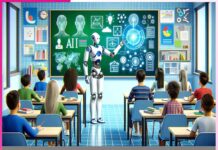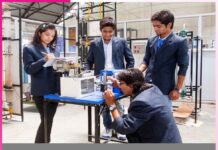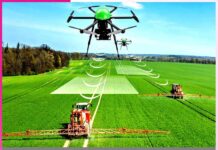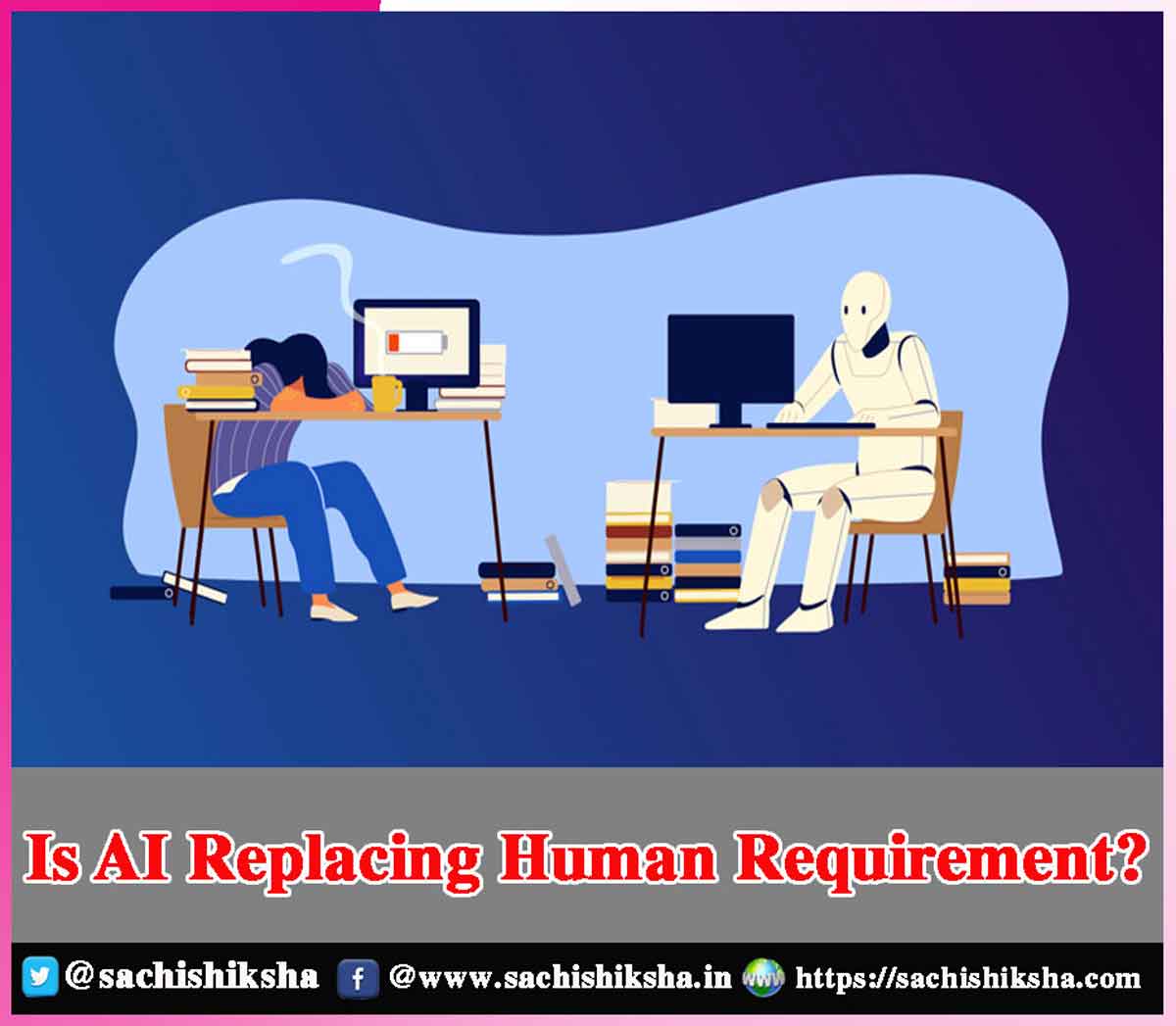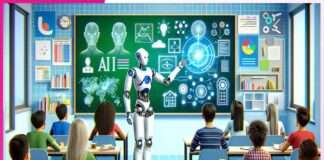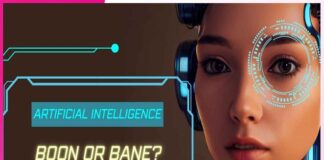Is AI Replacing Human Requirement?
Introduction : Artificial Intelligence (AI) and humans coexist in a complex relationship marked by collaboration, competition, and ethical considerations. AI, driven by algorithms and data, complements human capabilities by automating tasks, analyzing vast datasets, and optimizing processes. It enhances efficiency, accuracy, and innovation across various fields, from healthcare to finance and beyond.
Table of Contents
Ethical Implications of AI
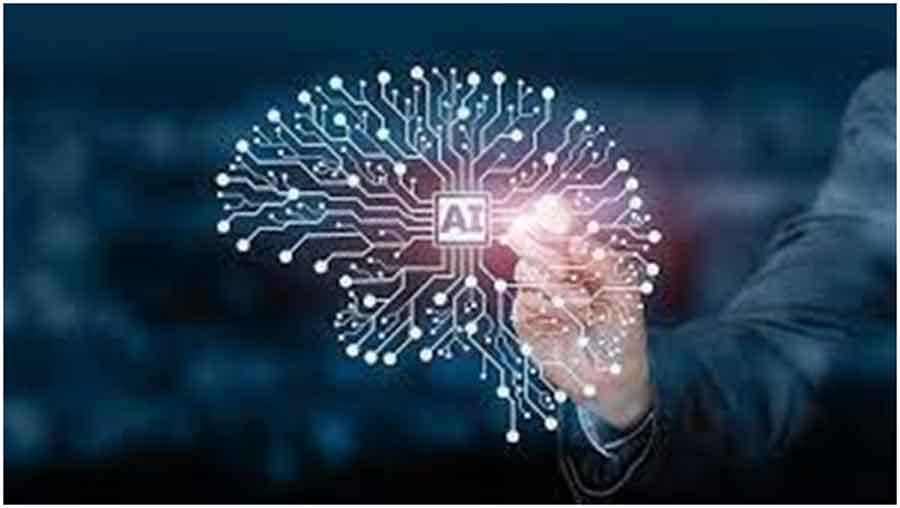
Capable of Augmenting Human Potential:
Despite these challenges, AI also holds promise for augmenting human potential, advancing scientific discovery, and addressing societal challenges. Collaboration between AI systems and humans can lead to breakthroughs in areas like healthcare diagnosis, climate modeling, and personalized education.
Artificial Intelligence (AI) is undoubtedly transforming industries and reshaping the nature of work. While it’s true that AI is automating certain tasks and roles traditionally performed by humans, the notion of it completely replacing human requirements is complex.
Adept at Handling Routine & Repetitive Tasks
AI is particularly adept at handling routine and repetitive tasks, especially those involving data analysis, pattern recognition, and rule-based decision-making. In industries like manufacturing, logistics, and customer service, AI-driven automation has led to increased efficiency and cost savings. For instance, robots in factories can assemble products with precision and speed, reducing the need for manual labor. Similarly, chatbots and virtual assistants handle customer inquiries and support, freeing up human agents for more complex issues.
Helpful in Finance & Healthcare Sectors
In sectors such as finance and healthcare, AI-powered algorithms are revolutionizing processes like risk assessment, fraud detection, and medical diagnostics. Machine learning models can analyze vast amounts of financial data to identify market trends or assess creditworthiness. In healthcare, AI systems assist doctors in diagnosing diseases from medical images or predicting patient outcomes based on clinical data.
As AI technology advances, it’s natural to wonder whether these advancements will lead to widespread job displacement. While some jobs may indeed become obsolete due to automation, history has shown that technological innovation also creates new opportunities. For example, the rise of computers and the internet led to the creation of entirely new industries and job roles, such as software development, digital marketing, and cyber security.
Intelligence Amplification
Moreover, AI is not just about replacing human labor but augmenting it. Rather than considering AI as a danger, numerous experts suggest for an integrated strategy in which machines and human beings work in cooperation. This concept, often referred to as “augmented intelligence” or “intelligence amplification,” recognizes that humans excel in areas like creativity, empathy, and complex decision-making, while AI excels in processing and analyzing large amounts of data.
AI’s Influence on Different Fields
However, AI’s influence on the labor force varies by trade and job creation. Certain jobs are more susceptible to automation than others, depending on factors like the level of routine tasks involved, the degree of creativity or human interaction required, and the adaptability of the tasks to AI technology.
Jobs at Higher & Lower Risk
Jobs that involve repetitive and predictable tasks, such as data entry, assembly line work, or telemarketing, are at a higher risk of automation. On the other hand, roles that demand creativity, critical thinking, emotional intelligence, and interpersonal skills are less likely to be automated in the near term. These include professions like teaching, nursing, counseling, and creative arts. Furthermore, the impact of AI on employment varies across different demographic groups and regions.
Low-skilled workers in routine-based jobs are most vulnerable to displacement, while those with higher education and skills are better positioned to adapt to the changing labor market. Therefore, addressing the potential disruptions caused by AI requires a multifaceted approach that includes education, training, and social safety nets.
Preparing the Workforce for AI-driven Economy
Education and lifelong learning play a crucial role in preparing the workforce for the AI-driven economy of the future. As technology evolves, workers need to continuously update their skills to remain relevant and competitive in the job market. This includes not only technical skills related to AI and data science but also soft skills such as creativity, problem-solving, collaboration, and adaptability.
Governments, businesses, and educational institutions must collaborate to develop training programs and reskilling initiatives that equip workers with the skills needed for the jobs of tomorrow. This may involve partnerships between universities and industries, online learning platforms, vocational training programs, and apprenticeships. Moreover, fostering a culture of innovation and entrepreneurship can create new avenues for job creation and economic growth. Startups and small businesses often drive innovation and job creation by developing new products, services, and business models that leverage AI and other emerging technologies.
Need to Address the Societal Implications of AI-driven Automation
At the same time, policymakers need to address the societal implications of AI-driven automation, including concerns about job displacement, income inequality, and the future of work. This may involve implementing policies such as universal basic income, job retraining programs, labor market regulations, and tax incentives to ensure that the benefits of AI are shared equitably across society.
Conclusion
While AI is undoubtedly reshaping the labor market and transforming the nature of work, the idea of it completely replacing human requirements is not straightforward. While certain tasks and roles may be automated, the overall impact on employment is complex and multifaceted. By embracing lifelong learning, fostering innovation, and implementing policies that promote inclusive growth, we can harness the transformative power of AI to create a more prosperous and equitable future for all.





